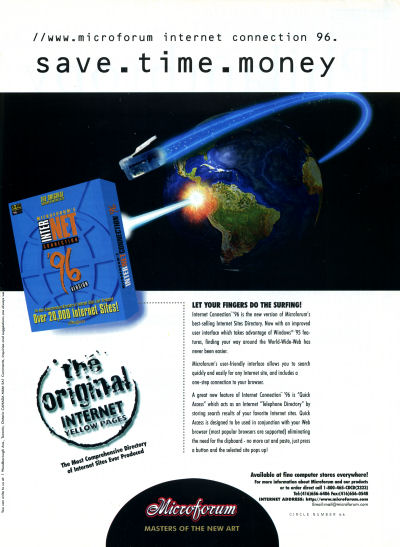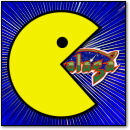 In Memoriam: Macworld Magazine, print edition (1984-2014)
In Memoriam: Macworld Magazine, print edition (1984-2014)
Today I found out that Macworld will cease to be a print magazine and that many of my friends and colleagues have been laid off. Macworld.com will continue to exist, albeit with a relative skeleton crew.
It’s very sad to see a day like this come (especially when I still look forward to a new issue of Macworld coming in the mail every month — one of the last print publications I read), but all things must come to an end. It is amazing, in retrospect, that Macworld magazine remained a constant, intelligent voice amid the chaos of a rapidly churning computer industry for thirty years.
Thirty years. Think of all the change that has happened in that time — the tech uphevals, the revolutions, the fall and rise of Apple, the Jobs-as-Phoenix, and rapid spread of the Internet — and through it all, Macworld has been there.
So thank you, Macworld, for serving the Mac community so well. And thanks to its staff in particular. I’d especially like to express my gratitude to Roman Loyola, Jason Snell, Dan Moren, Dan Frakes, Dan Miller, and Philip Michaels (among many others) for their wonderful work on the publication, and their genuine humanity, decency, patience, and fairness (sometimes rare qualities in an editor) through the years.
Roman Loyola, in particular, has been my go-to guy to get my — nay, our — particular brand of Apple history work pushed out to the world, and I am immensely grateful to have worked with him.
The talent pool of editorial labor laid off from Macworld today is immense, and other publications would be fools not to snatch them up as quickly as they can.
As for me, I’ve been contributing to the publication since 2008. As long as Macworld.com is still around, I might still write things for it. (Completely gutting a publication of its beloved veteran staff doesn’t exactly inspire confidence in the future, however.) Time will tell. Until then, it’s been a great ride.
 Christmas morning wouldn’t be the same without a PreComputer Power Pad
Christmas morning wouldn’t be the same without a PreComputer Power Pad






 During the 1980s, a debilitating disease broke out among white middle-class nuclear families across the United States. Fathers everywhere were seen awkwardly encouraging their children during regular activities — often while playing video games or using personal computers.
During the 1980s, a debilitating disease broke out among white middle-class nuclear families across the United States. Fathers everywhere were seen awkwardly encouraging their children during regular activities — often while playing video games or using personal computers.






